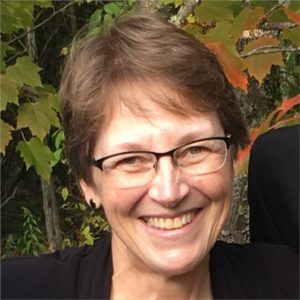Habitat Focus: To help the birds, nonprofit organization looks to Great Lakes habitats

There’s a bird emergency in the Great Lakes region, according to the National Audubon Society, but the nonprofit bird conservation organization is hoping to change that.
“This really is a bird emergency,” said Nat Miller, Audubon Great Lakes’ director of conservation. “We don’t think that’s hyperbole. As often is the case, birds currently serve as an indicator for larger environmental problems and today they’re telling us it’s a critical time now to act to save the wildlife, water and way of life in the Great Lakes region.”
In an effort to reduce this alarming trend, scientists and conservationists with The National Audubon Society recently released a wide-ranging and comprehensive blueprint to address climate change, pollution and other detrimental man-made effects on Great Lakes wetlands and coastal areas – and their bird populations.
Great Lakes Now
https://www.greatlakesnow.org/2021/06/birds-wetlands-coastal-great-lakes-habitat-restoration/










